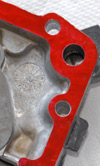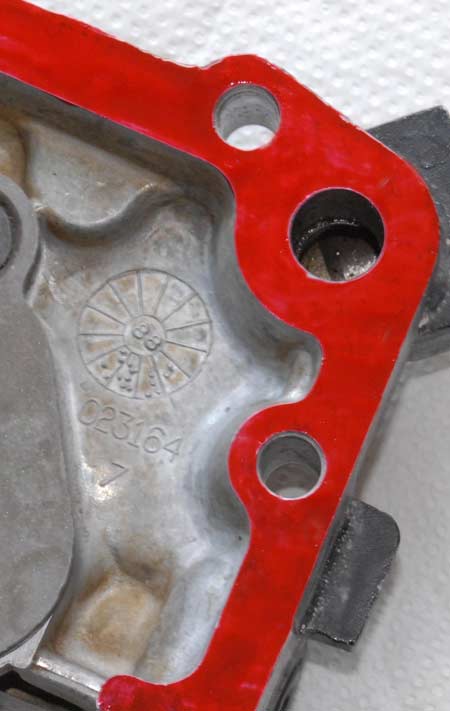Keeping it together
 What is the difference between a sealant and an adhesive? You may be thinking that this is a trick question, with a clever single-word rejoinder, but I can assure you that nothing is further from my thoughts. You see, when it comes down to it, the difference between a sealant and an adhesive can often be one of intent. The sealant is present to prevent the passage of a liquid (or gas), while the adhesive is more about mechanical strength and retention.
What is the difference between a sealant and an adhesive? You may be thinking that this is a trick question, with a clever single-word rejoinder, but I can assure you that nothing is further from my thoughts. You see, when it comes down to it, the difference between a sealant and an adhesive can often be one of intent. The sealant is present to prevent the passage of a liquid (or gas), while the adhesive is more about mechanical strength and retention.
I am reminded of the time many years ago when I was looking at the possibility of building the ultimate engine - one that could be built up fully using robotic technology and, because of its construction, never be dismantled again. If the unit could be made fully reliable over its design life then it should never need to be dismantled, and therefore all the time and effort (not to mention the cost) in using mechanical fasteners where they weren't strictly needed could be saved.
Effectively it was a 'throwaway' engine, before the era of recycling and, but for the occasional oil change, would be more or less 'fit and forget'. With near 100% reliability, if anything did go wrong it was certainly cheaper and quicker to replace the whole unit rather than attempt any repair. Central to the concept was the one of replacing the gaskets along the various flanges with adhesives rather than sealants and, if not always deleting the mechanical fasteners, reducing them in size and cost.
Key to the initial part of the programme was an understanding of the anaerobic products being developed at the time and how the design of the power unit might change to use their properties more effectively. It would also provide feedback to their use in the more traditional designs being contemplated at the time.
Whether used as sealant or adhesive, the way in which these products act is often quite complex, but research indicates that they generally work either by mechanical or chemical bonding. In the simpler and more common form of adhesion - that of mechanical bonding - the bond formed between the adhesive and the surface occurs when the adhesive works its way into the small pores of the surface. Mechanically interlocking with the lattice of the metal substrate, the strength of the bond is down to the physical shape of the surfaces.
In the less common chemical bond, the adhesive or sealant bonds chemically with the surface of the substrate, and the forces involved are due to chemical attraction at a molecular level. In the case of anaerobic products, the basic element tends to be a monomer from the acrylic family, existing in the form of a polymer containing a double bond between two carbon atoms. The active constituent in the process is called a free radical, which under most conditions will react with the carbon atom, but when present much prefers to react with oxygen. In this latter state the polymer remains liquid, but when oxygen is excluded, the free radical reacts with the carbon double bond to produce a chain reaction and a solid cross-linked polymer.

So while the product remains on the flange of a mechanical component it will stay fluid, but as soon as air is excluded and the flanges placed together, the process of setting begins. The rates of cure depend on the metals used, but the good news is that aluminium considerably accelerates the curing time. Capable of coping with gaps up to 0.25 mm and temperatures of up to 230 C without degradation, the initial programme, as far as it went, was deemed a success. But the fact that fully bonded, throwaway engine technology is still not with us today may say something about the overall concept.
However, with so much invested in traditional engine design and technology, can you honestly see any manufacturer throwing this all up and simply sticking engines together?
Fig. 1 - Adhesive or sealant?
Written by John Coxon